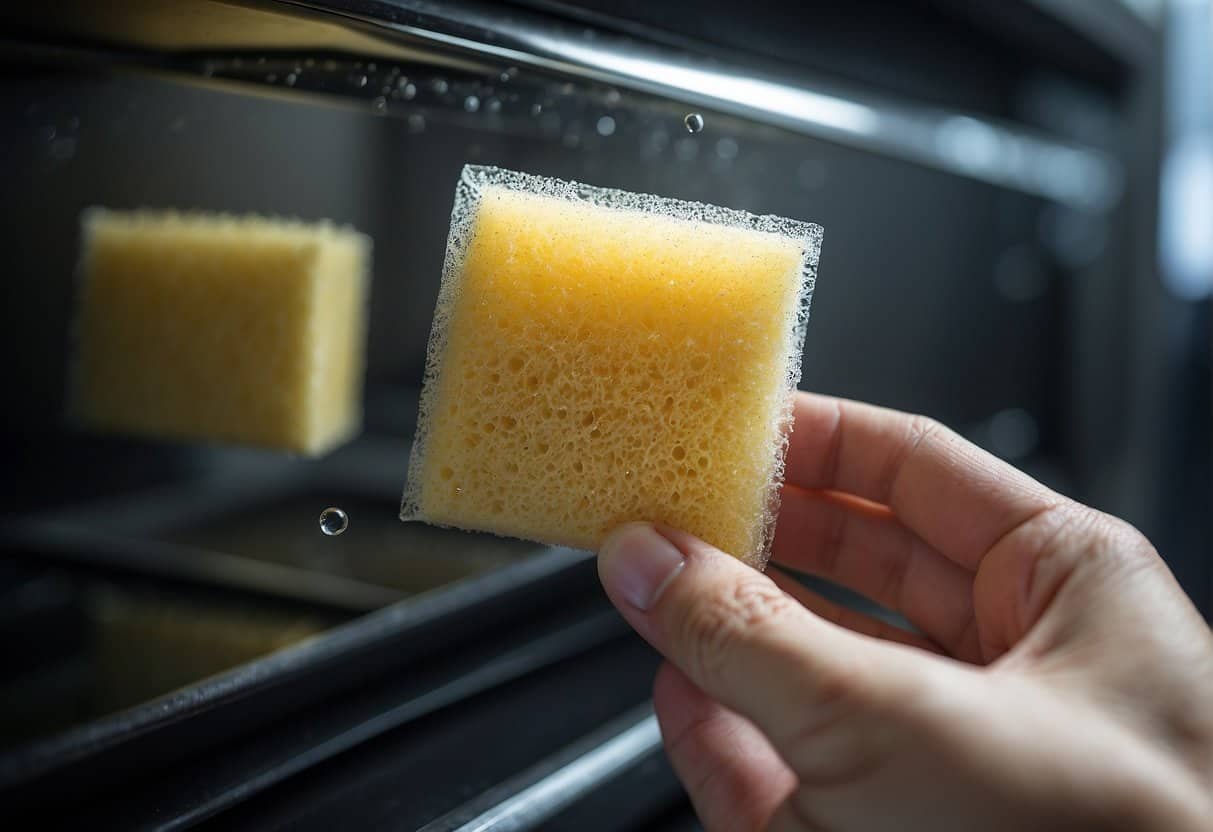Vertical Farming has become a buzzword in the world of sustainable agriculture. It offers a revolutionary way to grow your own fresh produce, even if you have limited space. You can create a thriving garden in your home, apartment, or even a small balcony by utilizing vertical farming. This method not only maximizes space but also optimizes resource use, ensuring you get the most out of your efforts. In this comprehensive guide, we’ll walk you through the steps to start your own vertical farm at home, from choosing the right location to selecting the best crops and systems. Vertical Farming Before we dive into the practical steps, it’s essential to understand what vertical farming is and why it’s such an innovative approach. Traditional farming relies on horizontal space, often requiring large plots of land. In contrast, vertical farming involves growing crops in stacked layers or vertically inclined surfaces. This method can be used both indoors and outdoors and is particularly beneficial for urban environments where space is at a premium. Vertical farming utilizes various techniques, including hydroponics, aquaponics, and aeroponics. These soilless growing methods use nutrient-rich water solutions or mist to feed the plants, resulting in faster growth rates and higher yields. Additionally, vertical farming systems can be highly automated, allowing for precise control over environmental factors like light, temperature, and humidity. Source: Urban Agriculture: A Growing Field Step 1: Choose the Best Location The first step in starting a vertical farm is to choose the right location. Look for a spot in your home that gets sufficient natural light. A sunny windowsill, a balcony, or a dedicated room with windows can work well. If natural light is limited, you can supplement it with LED grow lights. These lights mimic the natural spectrum of sunlight, providing your plants with the energy they need to grow. When selecting a location, consider factors such as: Recommended Product: GE LED Grow Light Step 2: Select the Right Hydroponic System There are several types of hydroponic systems you can choose from, including Nutrient Film Technique (NFT), Deep Water Culture (DWC), and vertical towers. Each system has its own advantages, so it’s essential to select one that suits your space and needs. Nutrient Film Technique (NFT) NFT is a popular hydroponic system that involves a thin film of nutrient-rich water flowing over the roots of the plants. This method allows for efficient nutrient uptake and provides excellent oxygenation to the roots. NFT systems are often used for growing leafy greens and herbs. Deep Water Culture (DWC) … Read More














